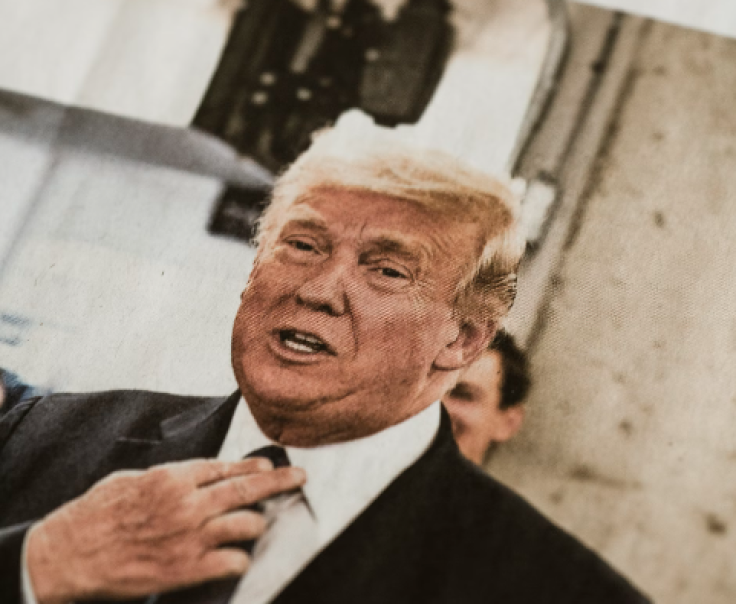Recent research published in the Journal of Higher Education Policy and Management sheds light on the aftermath of Trump-era changes to the U.S. tax code.
The Tax Cuts and Jobs Act of 2017, celebrated for various economic changes, has left an indelible mark on the landscape of college donations. This article delves into the research findings, exploring how these tax changes have affected individual donations to colleges, the size of those donations, and the subsequent implications for higher education funding.

The Tax Cuts and Jobs Act of 2017
The Tax Cuts and Jobs Act of 2017, a hallmark of the Trump administration's economic policies, nearly doubled the standard deduction. While it brought several changes, one consequence has been a reduction in the number of individuals donating to colleges. With middle-income taxpayers less likely to see tax benefits from charitable giving, the landscape of higher education philanthropy has undergone a shift.
Pressure on Institutions: Tuition and the Quest for Funding
Jin Lee, co-author of the research and professor of educational foundations and leadership at the University of Louisiana at Lafayette, emphasizes the pressure these changes place on institutions. As the tax benefits for middle-income donors diminish, colleges may find themselves compelled to raise tuition to compensate for the potential decline in donations. This shift raises questions about the future accessibility of higher education.
The Cumulative Impact: Small Changes, Big Consequences
While the overall effect on the number of individual donors and revenue from small donations may not seem dramatic initially, Lee notes that these changes accumulate over time. The steady decline in individual donations can have far-reaching consequences, impacting the ability of colleges to invest in crucial areas like STEM education and facilities.
The research, drawing on data from 660 colleges participating in the Voluntary Support of Education Survey, reveals that private research universities experienced the most significant impacts on the number of donors. The shift in philanthropic patterns necessitates a nuanced approach to fundraising strategies for different types of institutions.
High-income Donors and the Unchanged Landscape
Interestingly, the research indicates that total charitable giving did not decrease after the tax code changes. High-income taxpayers continued to enjoy tax benefits from their donations and, in fact, increased their donation levels. This dichotomy highlights the divergent impact of the tax changes on donors across income brackets.
Alternative Funding Resources: Navigating a New Reality
Lee suggests that colleges and universities should reassess their funding resources in light of these changes. Options may include increasing tuition or expanding legacy admissions. However, these alternatives raise concerns about equity in access to higher education, potentially limiting opportunities for low-income students.
The research underscores the complexity of the relationship between tax policies and higher education funding. As colleges grapple with the aftermath of the Tax Cuts and Jobs Act, finding a delicate balance between maintaining financial sustainability and ensuring access for all students becomes paramount. The implications of these changes extend beyond mere economic considerations, influencing the very fabric of philanthropy in higher education and its role in shaping the future of students across the socio-economic spectrum.
© 2025 University Herald, All rights reserved. Do not reproduce without permission.








